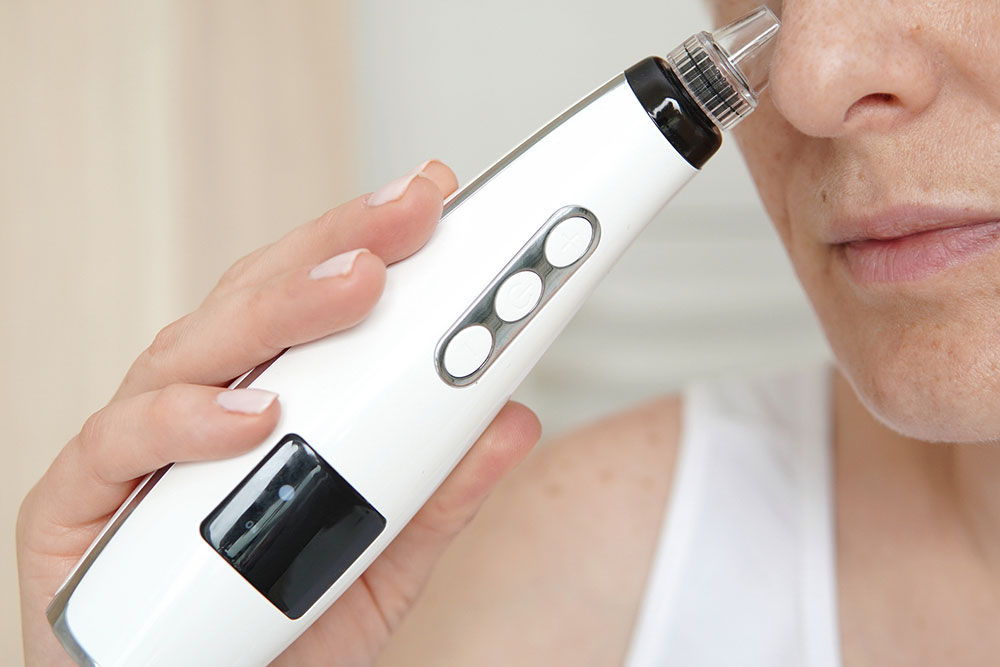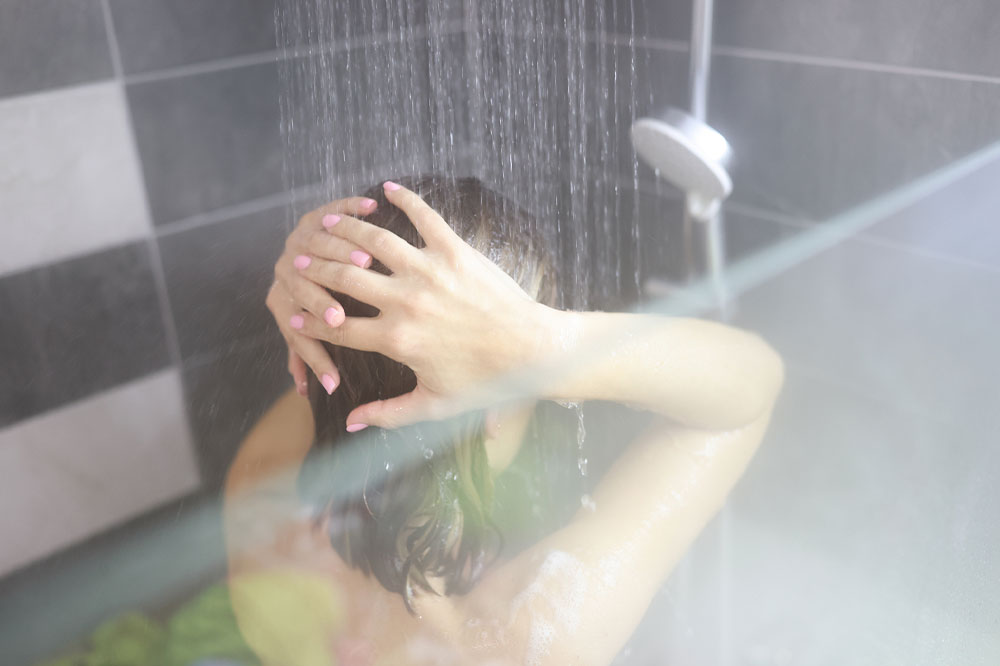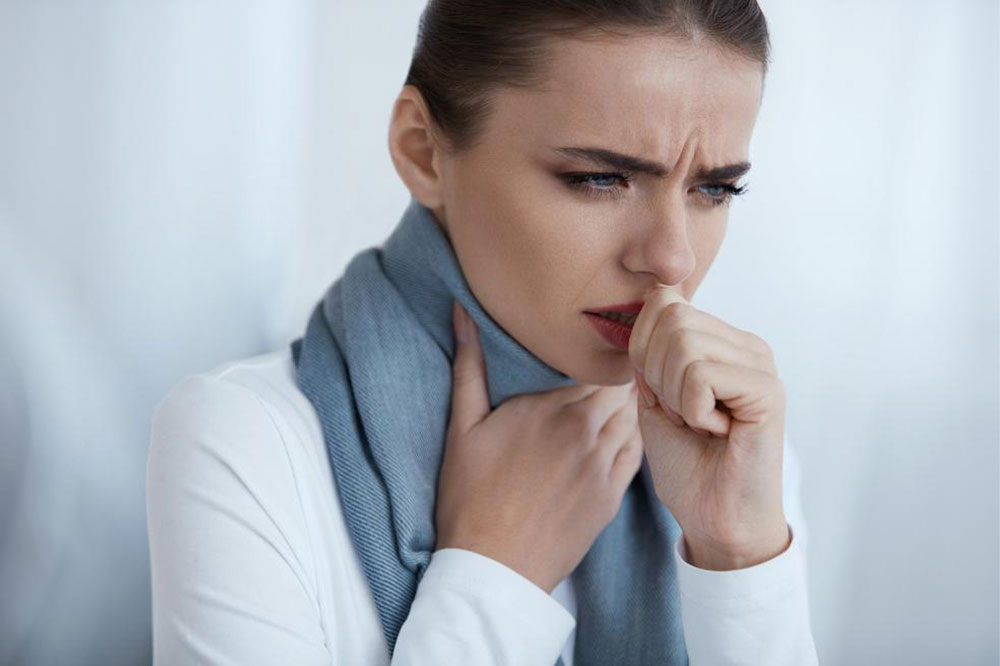Best and worst ways to get rid of blackheads

Blackheads, also referred to as open comedones, are tiny dark bumps that pop up on one’s face when the dead skin cells and excess oil or sebum get trapped inside the skin pores. They appear black in color because they interact with the air and get oxidized. There are certain right and wrong ways of getting rid of these blackheads to keep the skin smooth and healthy in the long term.
Best ways to get rid of blackheads
- Exfoliating gently and once in a while
One is advised to go for exfoliation only a few times a week and scrub gently to remove dead skin. The exact frequency depends on which product an individual uses. Instead of harsh scrubs, one can use alpha and beta hydroxy acids (AHAs and BHAs) that also improve skin softness while clearing the pores. - Cleansing with salicylic acid
Salicylic acid is a common ingredient in many products that treat blackheads. It has been proven to break down the oil, dirt, pollution, makeup, impurities, dead skin cells, and other materials that clog skin pores. It is best to consult a dermatologist to know whether the ingredient is suitable for one’s skin type and get personalized recommendations for a product containing salicylic acid. This way, one can effectively address blackheads and ensure the chosen product is safe and beneficial for one’s skin. - Using a skin brush
A skin brush is basically a handheld tool with soft bristles that gently exfoliates the skin and gets rid of dead skin cells. It can be used on sensitive skin along with any gentle cleanser for maximum benefit. - Applying a clay mask
A clay mask is a skincare product that can help clean out toxins, oil, and dirt from the skin’s pores. It is usually applied evenly on the face and kept on for a few minutes before being rinsed off. The common ingredient in most clay masks that helps with cleaning is sulfur. Besides cleaning the skin, sulfur breaks down dead skin cells and clears up blackheads. This remedy is especially recommended for oily skin. - Using a charcoal mask
This is another skincare product that can help with blackheads. Charcoal masks essentially draw excess oil and impurities from the skin pores and unclog them. One should use either clay or charcoal masks, not more than once a week, to get maximum benefits. Moreover, one should not over-dry the skin during the process.
Worst ways to get rid of blackheads
- Exfoliating coarsely
Using harsh scrubs or exfoliators and scrubbing vigorously to get rid of the blackheads is a sure-shot way of damaging one’s skin. It can not only break delicate skin tissues but also cause irritation and inflammation. Coarse exfoliation or powerful scrubbing does not equate to cleaner skin. - Using pore strips
Pore strips are often the quickest way to get rid of blackheads but can do more harm than good. They might strip away natural oils and cause irritation, leading to even more blackheads. Professional extraction tools, when used by trained dermatologists, can be effective, but using them without experience can lead to scratches or scars. - Trying out spa facials
Those considering facials from estheticians should employ caution. Not all spa treatments or methods may be useful to get rid of blackheads. In addition, estheticians may not always know which blackheads are safe to remove, and this can potentially lead to skin damage like scarring. It’s advisable to consult with a dermatologist to understand safer blackhead extraction methods. - DIYing the blackhead removal process
Abundant information is available online regarding home remedies to remove blackheads, but not all of them may be safe or effective. For example, using salt and sugar scrubs, lemon juice, baking soda, or even toothpaste for acne removal can alter or affect the skin’s pH balance and be quite dangerous. So, it’s best to leave the tools and treatments to professionals. - Popping pimples or attempting manual extractions
One should control the urge to pop pimples or acne. Squeezing blackheads can damage the hair follicle and lead to an inflammatory response that can cause further harm. On top of that, one’s highly likely to leave behind marks or blemishes on the skin.
In severe cases, a dermatologist may recommend oral and skincare treatments to smoothen out the skin and prevent new blackheads from forming. One should not experiment with any remedy if they are unsure. It is advisable to ask an expert to avoid complications.
Precautions to avoid blackheads
When it comes to skin care, precaution is always better than cure. Here are some common ways to avoid getting blackheads:
- Acne removal treatments, exfoliation, and other blackhead removal methods can strip the skin of its natural oil, so moisturizing is important to maintain the skin balance.
- One should aim to cleanse the skin at least twice a day using a gentle face wash to get rid of any dirt, impurities, or even makeup. This step is especially useful at night before bedtime.
- Individuals must use sunscreen every day to prevent sun damage and reduce the risk of clogged pores.
- One should drink plenty of water to keep the skin hydrated and eat balanced meals to maintain the skin’s natural balance.


